
Other Resources
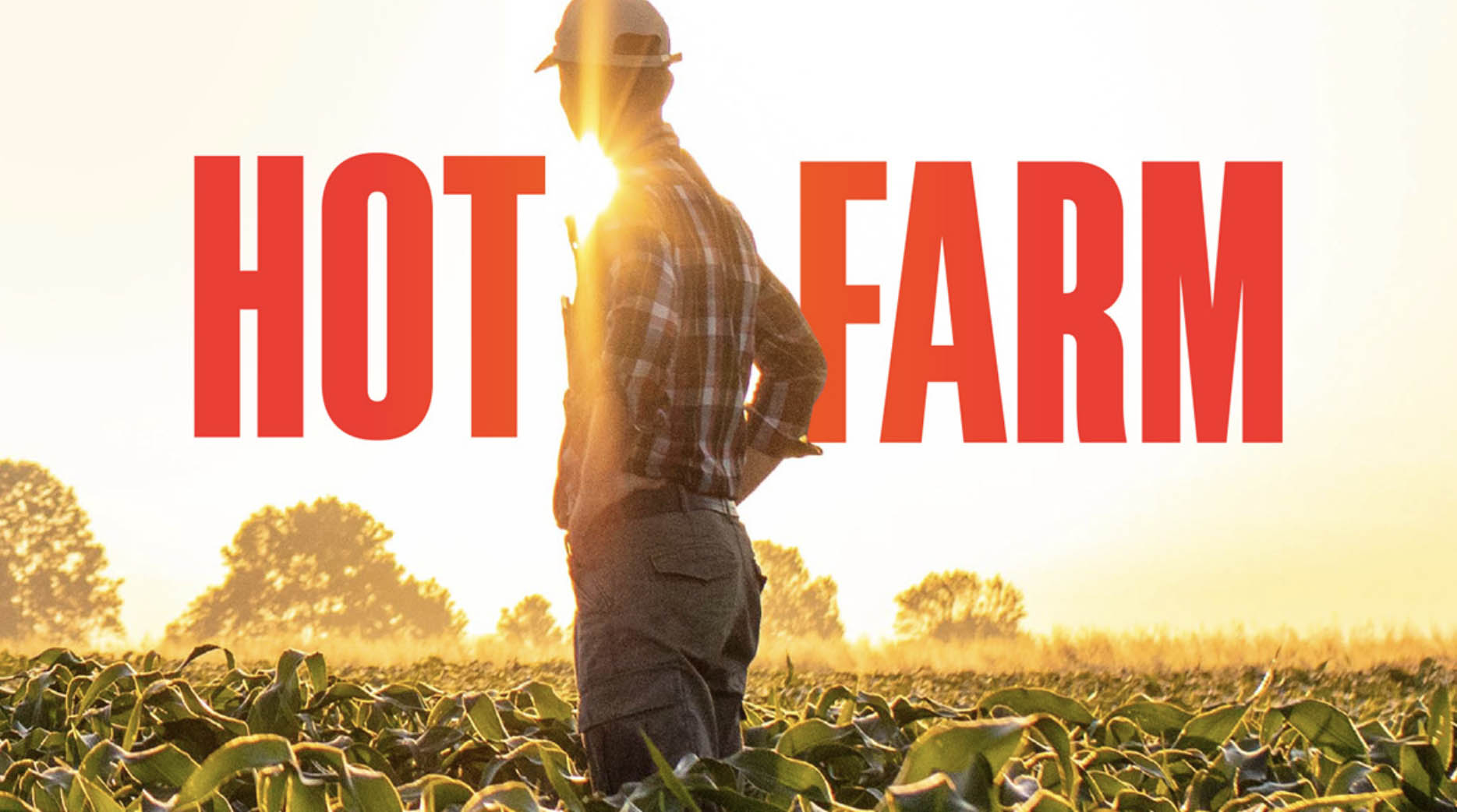
In this new podcast from the Food & Environment Reporting Network hosted by Eve Abrams, the podcasters travel across the Midwest, talking to farmers about their strategies to combat climate change.
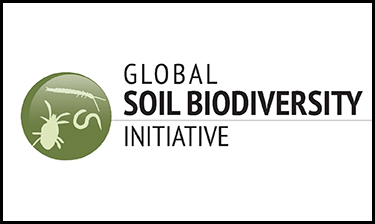
A collection of videos seeking to promote expert knowledge on soil biodiversity in environmental policy and sustainable land management to protect and enhance ecosystem services.
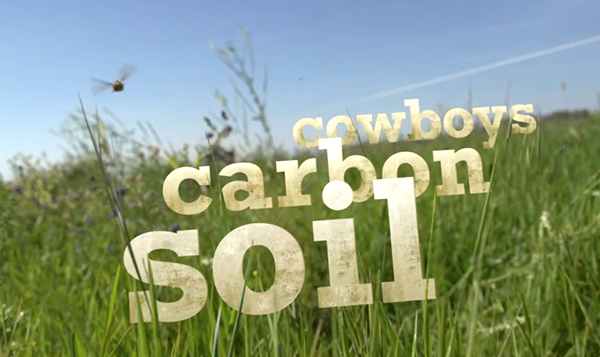
This 12 minute documentary by Peter Byck is a great introduction to regenerative grazing. It features regenerative ranchers Gabe Brown, Allen Williams, and Neil Dennis. They describe how hardship led to being willing to innovate and the great success they have had since.
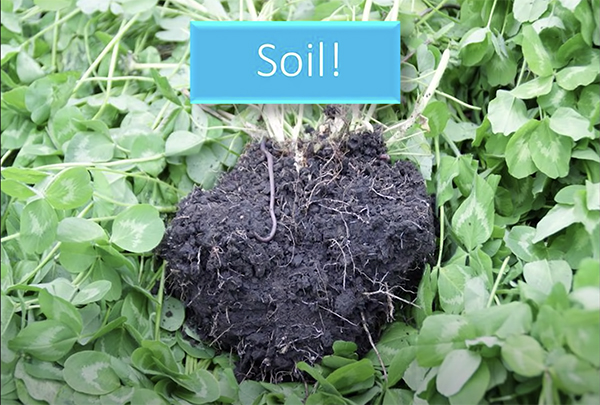
In this video, Gabe Brown of Brown's Ranch in Bismarck, ND shares his experiences with regenerative agriculture and the importance of thinking systemically when it comes to farm or ranch management. Using multiple regenerative practices like no-till and cover crops, he is able to support a diverse array of farm and ranching enterprises that are both profitable and models of sustainability.
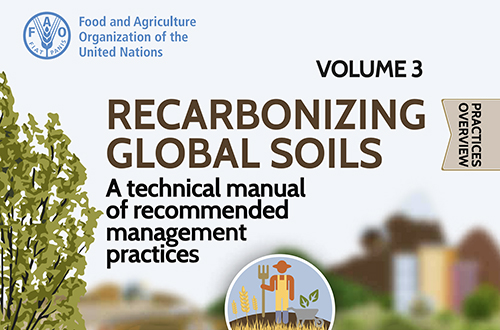
This comprehensive guide by the Food and Agriculture Organization of the United Nations is heavy on scientific literature and references that make a clear case for each recommendation (including barriers to adoption that might need to be addressed). Topics include cover cropping, organic mulch, crop diversification, low or no tillage techniques, compost and other organic soil amendments, biological inoculations and earthworms, mineral fertilization, soil and water conservation techniques, grazing management and grassland restoration, and integrated approaches and stacked practices.
 The Regeneration Project is both a book and a website by Paul Hawken that attempts to inspire people to take specific actions that can improve their current lives while at the same time addressing the climate crisis. The idea comes from the realization that too many people are disengaged from the issue, partially at least because they believe there is nothing that can be done. The "Nexus" portion of the website (scroll down the Home page) details what needs to be done and how to do it on all levels of agency, from an individual to a city, from a classroom to a company.
The Regeneration Project is both a book and a website by Paul Hawken that attempts to inspire people to take specific actions that can improve their current lives while at the same time addressing the climate crisis. The idea comes from the realization that too many people are disengaged from the issue, partially at least because they believe there is nothing that can be done. The "Nexus" portion of the website (scroll down the Home page) details what needs to be done and how to do it on all levels of agency, from an individual to a city, from a classroom to a company.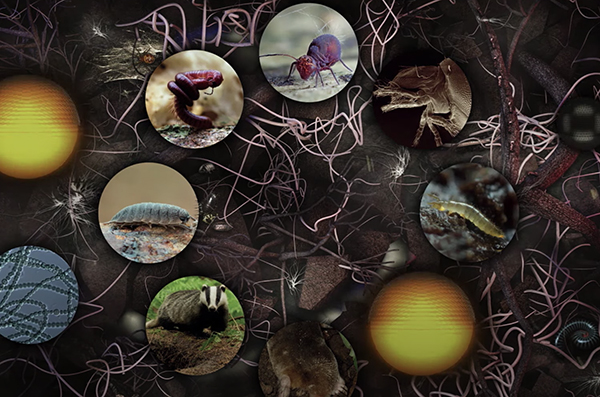 This animation by the
This animation by the  This "Info Note" by CCAFS discusses how the financial community needs a standardized, low-cost, fit-for-purpose approach to soil organic carbon (SOC) accounting that encourages investment and adapts to the climate market. it also describes what should be included.
This "Info Note" by CCAFS discusses how the financial community needs a standardized, low-cost, fit-for-purpose approach to soil organic carbon (SOC) accounting that encourages investment and adapts to the climate market. it also describes what should be included.
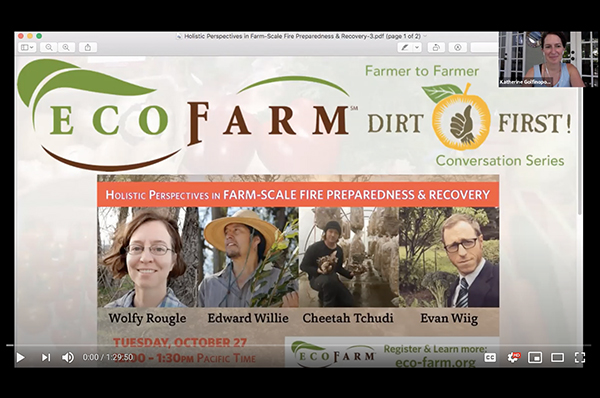 Could some of the tools of regenerative agriculture help with recovering the land after a fire? Watch this recorded webinar "Holistic Perspectives in Farm Scale Fire Preparedness and Recovery" to learn about prescribed burning on private land, dealing with fire-borne toxins and using mycoremediation in recovery, as well as native perspectives on using fire to tend to the land.
Could some of the tools of regenerative agriculture help with recovering the land after a fire? Watch this recorded webinar "Holistic Perspectives in Farm Scale Fire Preparedness and Recovery" to learn about prescribed burning on private land, dealing with fire-borne toxins and using mycoremediation in recovery, as well as native perspectives on using fire to tend to the land.
 This Sustainable Winegrowing with Vineyard Team podcast features Dr. Charlotte Decock, Assistant Professor at Cal Poly, Earth & Soil Sciences. She talks about soil management with the goal of capturing greenhouse gasses from the atmosphere and sequestering them in the soil.
This Sustainable Winegrowing with Vineyard Team podcast features Dr. Charlotte Decock, Assistant Professor at Cal Poly, Earth & Soil Sciences. She talks about soil management with the goal of capturing greenhouse gasses from the atmosphere and sequestering them in the soil.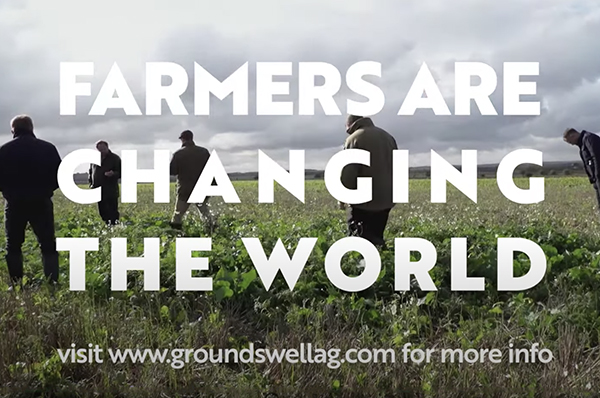 All over the world farmers are developing an alternative system to regenerate soil instead of eroding it. To protect and increase water retention by covering with mulch and by growing continuous diverse crops, without tilling or ploughing. This film highlights the world-changing (and preserving) importance of the work these farmers are doing.
All over the world farmers are developing an alternative system to regenerate soil instead of eroding it. To protect and increase water retention by covering with mulch and by growing continuous diverse crops, without tilling or ploughing. This film highlights the world-changing (and preserving) importance of the work these farmers are doing.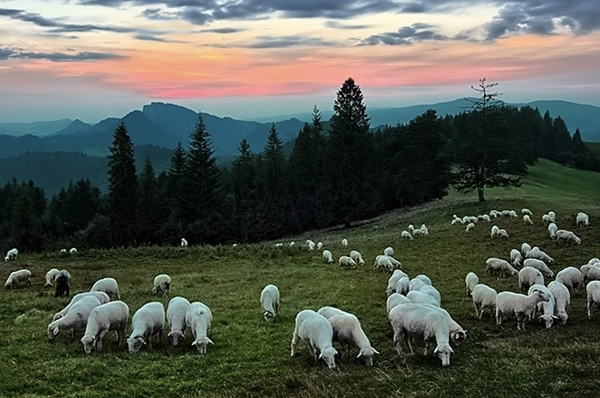 A free online platform that connects livestock producers and landowners throughout the state of California.
A free online platform that connects livestock producers and landowners throughout the state of California.
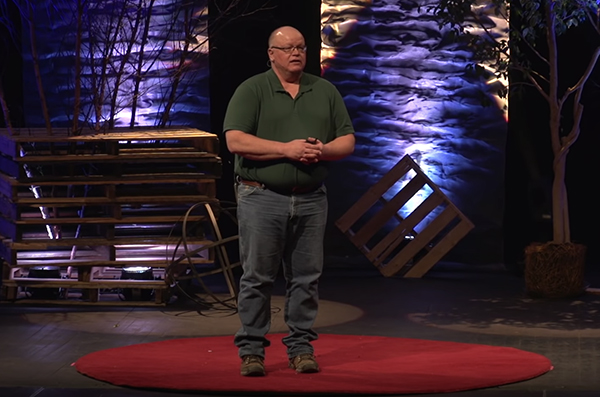 In the United States the health of our soil resource has declined to such a point that it is not only negatively affecting farm and ranch profitability, but it is also having a devastating impact on everything from our water quality to our communities and even to our health. Regenerative agriculture pioneer and North Dakota rancher Gabe Brown presents a common sense solution to this crisis.
In the United States the health of our soil resource has declined to such a point that it is not only negatively affecting farm and ranch profitability, but it is also having a devastating impact on everything from our water quality to our communities and even to our health. Regenerative agriculture pioneer and North Dakota rancher Gabe Brown presents a common sense solution to this crisis.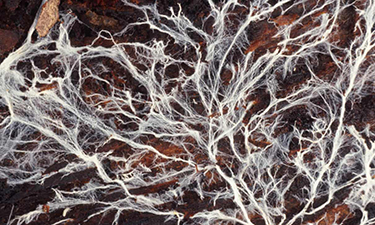 Regenerative agriculture uses the power of soil life to nurture more biodiversity, produce healthier food, and ultimately reverse climate change. In this Bioneers interview with Dr. Kris Nichols(opens in new window), she discusses how mycorrhizal fungi might be the key.
Regenerative agriculture uses the power of soil life to nurture more biodiversity, produce healthier food, and ultimately reverse climate change. In this Bioneers interview with Dr. Kris Nichols(opens in new window), she discusses how mycorrhizal fungi might be the key.
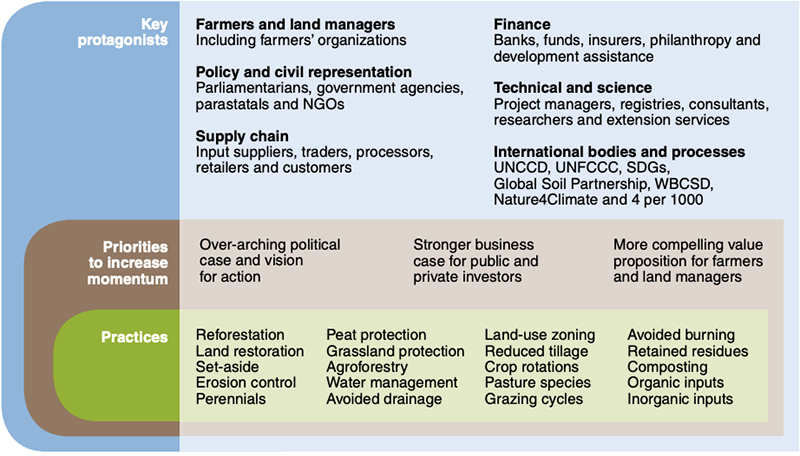 "Policymakers and investors have perceived securing soil organic carbon as too difficult, with uncertain returns. But new technical, policy and financial opportunities offer hope for rapid progress." Read the whole paper from Cornell University and Nature Sustainability Journal (PDF).
"Policymakers and investors have perceived securing soil organic carbon as too difficult, with uncertain returns. But new technical, policy and financial opportunities offer hope for rapid progress." Read the whole paper from Cornell University and Nature Sustainability Journal (PDF).
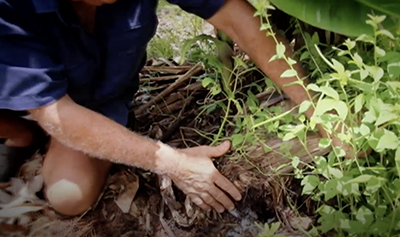 How farmers in Australia are drawing on the excess carbon that’s warming the atmosphere and putting it in their soil and regenerating its fertility and water holding capacity at the same time. Watch this video now(opens in new window).
How farmers in Australia are drawing on the excess carbon that’s warming the atmosphere and putting it in their soil and regenerating its fertility and water holding capacity at the same time. Watch this video now(opens in new window).
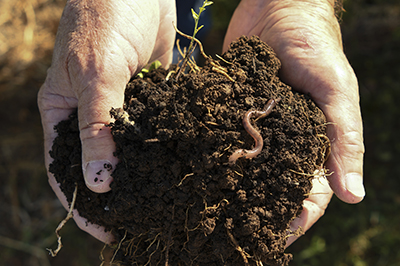 This publication from No Till Farmer (PDF) includes articles on "The Money-Making Power Behind Soil Microbes", and "14 Steps to Properly Interpret Soil Health Test Reports."
This publication from No Till Farmer (PDF) includes articles on "The Money-Making Power Behind Soil Microbes", and "14 Steps to Properly Interpret Soil Health Test Reports."
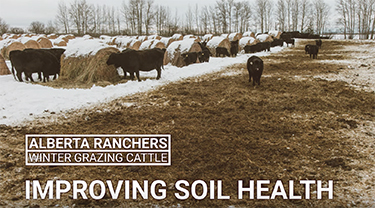 In this video by Alberta Agriculture and Forestry, ranchers explain how using winter grazing systems in cattle operations helps manage nutrients in the landscape. Watch this video now.(opens in new window)
In this video by Alberta Agriculture and Forestry, ranchers explain how using winter grazing systems in cattle operations helps manage nutrients in the landscape. Watch this video now.(opens in new window)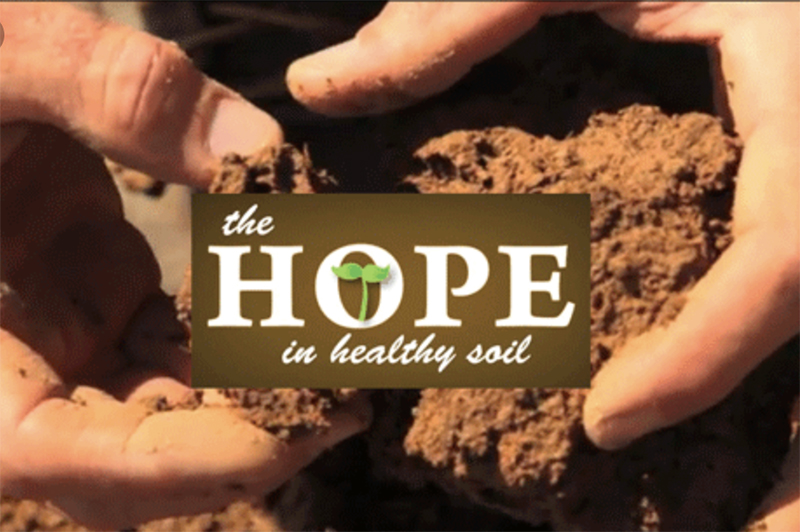 Seven short videos by the USDA's Natural Resources Conservation Service (NRCS) put a spotlight on the increasing number of farmers in the United States who are creating new hope by regenerating their soil. Watch the entire video series online.(opens in new window)
Seven short videos by the USDA's Natural Resources Conservation Service (NRCS) put a spotlight on the increasing number of farmers in the United States who are creating new hope by regenerating their soil. Watch the entire video series online.(opens in new window)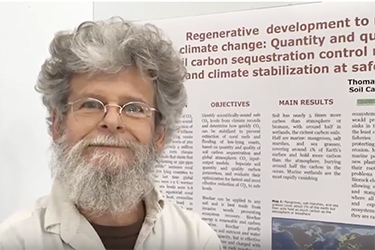 Thomas Goreau is a biogeochemist and marine biologist, well-known for his work on coral reef restoration, soil metabolism, and climate change. In this interview at the FAO’s Global Symposium on Soil Organic Carbon in March 2017 he discusses how quickly CO2 from the atmosphere can be sequestered underground at levels that are safe in order to address global warming and global sea level rise. He particularly covers the use of biochar and the importance of restoring wetlands and carbon farming. Watch the video to find out more.(opens in new window)
Thomas Goreau is a biogeochemist and marine biologist, well-known for his work on coral reef restoration, soil metabolism, and climate change. In this interview at the FAO’s Global Symposium on Soil Organic Carbon in March 2017 he discusses how quickly CO2 from the atmosphere can be sequestered underground at levels that are safe in order to address global warming and global sea level rise. He particularly covers the use of biochar and the importance of restoring wetlands and carbon farming. Watch the video to find out more.(opens in new window)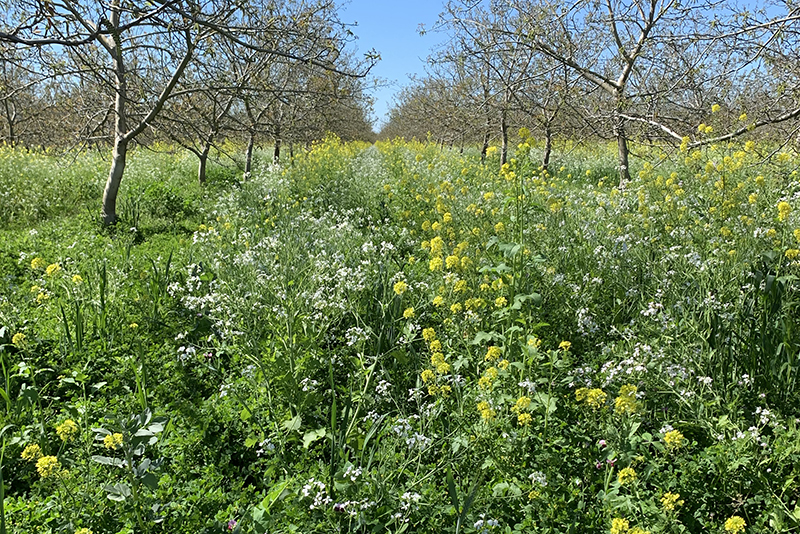 This new USDA-SARE report (PDF) is available for download on this site. It discusses why cover crops should be seen as an investment rather than a cost. The report is based mostly on yield and economic data gathered through five years of national cover crop surveys and addresses the economic returns that can be expected, both under various management scenarios and as cover crops improve soil health over time.
This new USDA-SARE report (PDF) is available for download on this site. It discusses why cover crops should be seen as an investment rather than a cost. The report is based mostly on yield and economic data gathered through five years of national cover crop surveys and addresses the economic returns that can be expected, both under various management scenarios and as cover crops improve soil health over time.
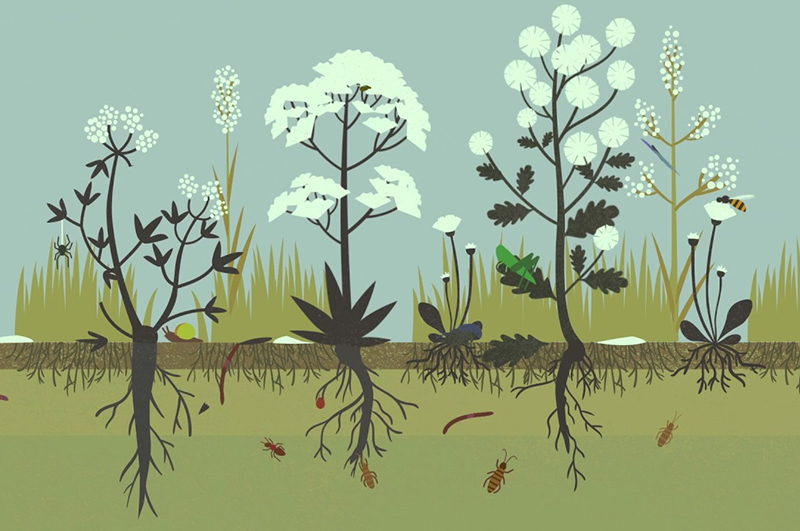 This well-done video explores the findings of the Jena Experiment that has been exploring the importance of biodiversity in grasslands in Germany for over 15 years. It is one of the longest running biodiversity experiments in Europe. Results showed that plant diversity increased microbial diversity, resulting in increased soil carbon. That, in turn, improved soil health, increased productivity, enhanced the availability of nitrogen and phosphorus, and improved soil water-holding capacity. The more biodiverse ecosystems proved to be most resilient in drought and other conditions possibly similar to what may be experienced as a result of climate change. Watch the Jena Experiment video now.(opens in new window)
This well-done video explores the findings of the Jena Experiment that has been exploring the importance of biodiversity in grasslands in Germany for over 15 years. It is one of the longest running biodiversity experiments in Europe. Results showed that plant diversity increased microbial diversity, resulting in increased soil carbon. That, in turn, improved soil health, increased productivity, enhanced the availability of nitrogen and phosphorus, and improved soil water-holding capacity. The more biodiverse ecosystems proved to be most resilient in drought and other conditions possibly similar to what may be experienced as a result of climate change. Watch the Jena Experiment video now.(opens in new window)
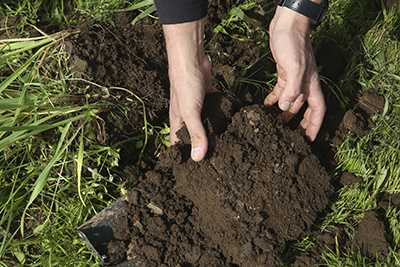 The Soil Health Primer(opens in new window) created by the No Regrets Initiative is an extensive list of resources—articles, books, videos and podcasts—all related to soil health and Regenerative Agriculture. The primer is organized starting with the philosophy of embracing complexity (for example, biodiversity) in regards to sustainability. It then provides increasingly specific information about the ecosystem, regenerative practices, and even how to make a good living as a result.
The Soil Health Primer(opens in new window) created by the No Regrets Initiative is an extensive list of resources—articles, books, videos and podcasts—all related to soil health and Regenerative Agriculture. The primer is organized starting with the philosophy of embracing complexity (for example, biodiversity) in regards to sustainability. It then provides increasingly specific information about the ecosystem, regenerative practices, and even how to make a good living as a result.
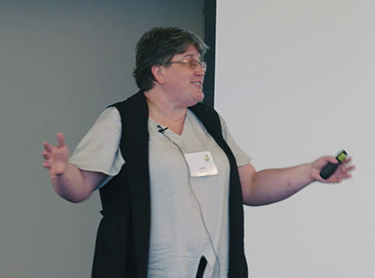 In this video, Dr. Kris Nichols explains the symbiotic robust soil biological life system in biologically healthy soils. She discusses how we can use soil biology to improve soil health and improve agricultural ecosystems to be more resilient, more able to resist pests, and become more economically viable. Watch this video recorded at the 2018 Soil Health Summit in November 2018 now(opens in new window).
In this video, Dr. Kris Nichols explains the symbiotic robust soil biological life system in biologically healthy soils. She discusses how we can use soil biology to improve soil health and improve agricultural ecosystems to be more resilient, more able to resist pests, and become more economically viable. Watch this video recorded at the 2018 Soil Health Summit in November 2018 now(opens in new window).
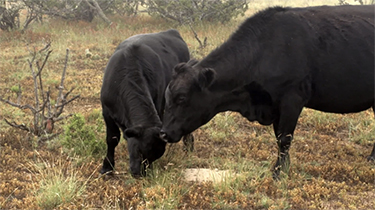 A video documentary produced by Arizona State University's Dr. Peter Byck on the impact Adaptive-Multi Paddock Grazing techniques on large scale ranch land management. Watch "A Fence and an Owner" now.(opens in new window)
A video documentary produced by Arizona State University's Dr. Peter Byck on the impact Adaptive-Multi Paddock Grazing techniques on large scale ranch land management. Watch "A Fence and an Owner" now.(opens in new window)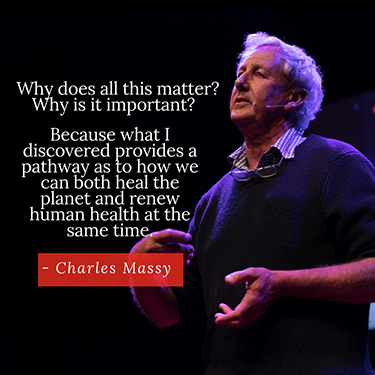 Charles Massy shares lessons learned and insights gained through his decades of farming experience and research on route to becoming a regenerative farming advocate. He explores how these methods not only help natural systems renew, it helps them self-organize back to health. It’s about healing and ultimately empowering nature rather than controlling and subjugating it. He believes this is the key to human health as well. Massy is a School Research Associate at the Fenner School of Environment & Society at Australian National University and the author of Call of the Reed Warbler: A New Agriculture, A New Earth. Watch the Charles Massy TedxCanverra talk now.(opens in new window)
Charles Massy shares lessons learned and insights gained through his decades of farming experience and research on route to becoming a regenerative farming advocate. He explores how these methods not only help natural systems renew, it helps them self-organize back to health. It’s about healing and ultimately empowering nature rather than controlling and subjugating it. He believes this is the key to human health as well. Massy is a School Research Associate at the Fenner School of Environment & Society at Australian National University and the author of Call of the Reed Warbler: A New Agriculture, A New Earth. Watch the Charles Massy TedxCanverra talk now.(opens in new window)
Image by: Maria Koulouris, Used by permission of TedxCanberra.
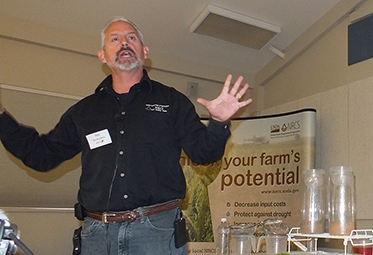 Ray’s Soil Health Page on Vimeo includes 28 videos (as of 1/15/2019) by Ray the Soil Guy Archuleta. He’s passionate about soil, and that makes this collection of videos on caring for the land fun and interesting. Creation of this page is a collaboration by The Natural Resources Conservation Service (NRCS) in South Carolina and the Earth Sciences and Resources Institute at the University of South Carolina (ESRI-USC). Visit the Soil Health Page on Vimeo now.(opens in new window)
Ray’s Soil Health Page on Vimeo includes 28 videos (as of 1/15/2019) by Ray the Soil Guy Archuleta. He’s passionate about soil, and that makes this collection of videos on caring for the land fun and interesting. Creation of this page is a collaboration by The Natural Resources Conservation Service (NRCS) in South Carolina and the Earth Sciences and Resources Institute at the University of South Carolina (ESRI-USC). Visit the Soil Health Page on Vimeo now.(opens in new window)
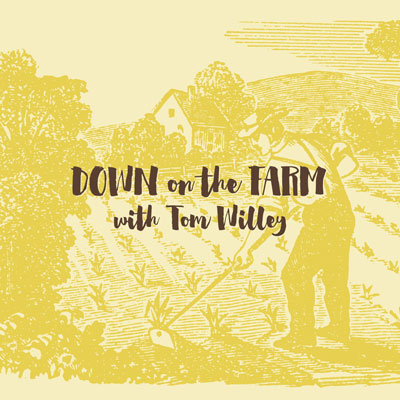 Hanford native, Tim LaSalle long piloted California's renown Agricultural Leadership Program, then headed The Savoy Center and Rodale Institute. He is currently co-founding Chico State's Regenerative Agriculture Initiative, an agenda focused on transforming farmlands from net emitters of greenhouse gasses into carbon sinks that rebalance Earth's atmosphere. Scroll down to February 3, 2017 and listen to Tim in conversation with "Down on the Farm" host Tom Willey on KFCF 88.1FM, Free Speech Radio, Fresno.(opens in new window)
Hanford native, Tim LaSalle long piloted California's renown Agricultural Leadership Program, then headed The Savoy Center and Rodale Institute. He is currently co-founding Chico State's Regenerative Agriculture Initiative, an agenda focused on transforming farmlands from net emitters of greenhouse gasses into carbon sinks that rebalance Earth's atmosphere. Scroll down to February 3, 2017 and listen to Tim in conversation with "Down on the Farm" host Tom Willey on KFCF 88.1FM, Free Speech Radio, Fresno.(opens in new window)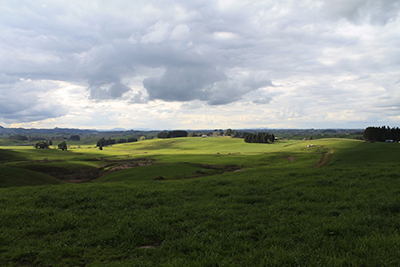 An inspirational short film showcasing New Zealand farmers leading the way with regenerative techniques to save our rivers from pollution and contamination. "The Regenerators" is a short documentary by Greenpeace about these ecological pioneers restoring their soils, protecting waterways and farming for the future. Watch "The Regenerators" here(opens in new window).
An inspirational short film showcasing New Zealand farmers leading the way with regenerative techniques to save our rivers from pollution and contamination. "The Regenerators" is a short documentary by Greenpeace about these ecological pioneers restoring their soils, protecting waterways and farming for the future. Watch "The Regenerators" here(opens in new window).
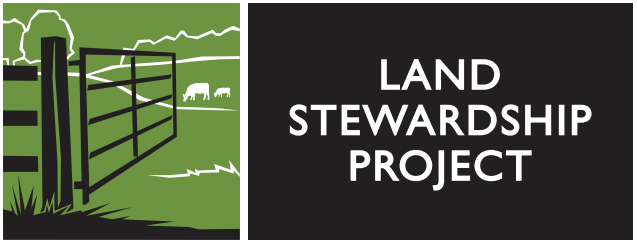 Highly readable and informative article about how Gabe Brown, a farmer from North Dakota, and his neighbors built organic matter in their soil from less than 2% in the 1990s to between 5-6% today. They used some of the most exciting advances in sustainable agriculture—Regenerative Agriculture techniques such as no-till, multiple species cover crops, mob grazing and frequent rotations. Read more about Gabe Brown's work in the Land Stewardship Project's newsletter. (PDF)
Highly readable and informative article about how Gabe Brown, a farmer from North Dakota, and his neighbors built organic matter in their soil from less than 2% in the 1990s to between 5-6% today. They used some of the most exciting advances in sustainable agriculture—Regenerative Agriculture techniques such as no-till, multiple species cover crops, mob grazing and frequent rotations. Read more about Gabe Brown's work in the Land Stewardship Project's newsletter. (PDF)